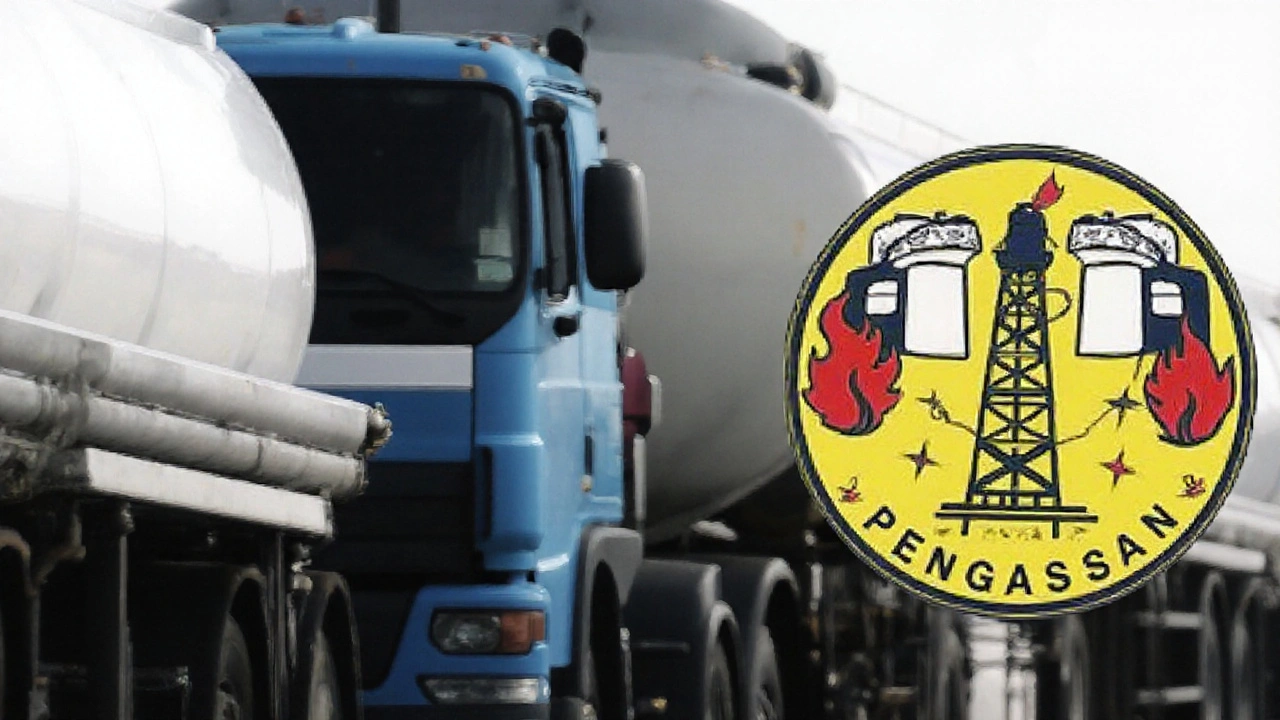Dangote Refinery – What’s Happening Right Now?
If you’ve been following African energy news, the Dangote Refinery is probably on your radar. It’s Africa’s biggest private‑sector refinery and a massive bet on Nigeria’s oil future. In simple terms, the plant aims to turn raw crude into gasoline, diesel, jet fuel and more, all within the country’s borders. That sounds straightforward, but the project’s size, financing and logistics make every update worth a closer look.
Why the Refinery Matters
First off, the refinery could cut Nigeria’s reliance on imported fuel. Right now, the country spends billions each year buying petrol and diesel from abroad. By refining locally, the economy can keep that money at home, create jobs, and stabilize fuel prices. It also means fewer trucks hauling fuel across the continent, which can lower emissions and road wear.
Second, the plant is a catalyst for related industries. Petrochemicals, plastics, and fertilizer production all need refined products as feedstock. When the refinery ramps up, you’ll see a ripple effect – more factories, more skilled workers, and a broader export base. In short, it’s not just a single building; it’s a hub that could reshape Nigeria’s industrial landscape.
Recent Milestones & Challenges
As of early 2025, the refinery has cleared several key milestones. The first crude barrel was successfully processed in late 2024, and commercial output is slated to begin mid‑2025. The project’s financing, a blend of equity from the Dangote Group and loans from international banks, finally reached final signing this quarter, unlocking the last batch of funds needed for equipment installation.
However, progress hasn’t been without hiccups. Supply chain delays, especially for high‑precision distillation columns, have pushed some timelines back. Local labor disputes also surfaced when workers demanded better safety training – a legitimate concern given the plant’s scale. The management responded by partnering with a Swiss safety consultancy to upgrade on‑site protocols.
Another hot topic is the environmental impact. Critics argue that a huge refinery could increase local pollution if not managed properly. In response, the company announced a commitment to install state‑of‑the‑art emission controls and to monitor water usage closely. Independent auditors will release quarterly reports, which should keep the public informed.
On the political front, the Nigerian government has been vocal about supporting the project, seeing it as a strategic asset for energy security. Recent policy tweaks, such as tax incentives for locally refined fuel, aim to make the refinery’s output more competitive against imported alternatives.
Overall, the next six months will be a litmus test. If the plant meets its target of 650,000 barrels per day, it could become a cornerstone of the country’s GDP. If setbacks persist, investors may rethink the risk profile, and the government could face pressure to diversify its energy strategy.
For everyday readers, the takeaway is simple: the Dangote Refinery is more than a headline. It’s a project that could affect the price you pay at the pump, the jobs available in your city, and the overall health of Nigeria’s economy. Keep an eye on official updates, especially production start dates and environmental reports, to gauge how the story unfolds.
Whether you’re an energy professional, a student, or just someone curious about Africa’s industrial future, the Dangote Refinery offers a front‑row seat to a transformative experiment. Stay tuned, because the next update could change the conversation entirely.

Dangote Refinery Faces Alleged Mass Dismissal of 800 Nigerian Workers, PENGASSAN Raises Alarm
PENGASSAN says Dangote Refinery fired over 800 Nigerian staff and brought in Indian workers shortly after the crew joined the union. The union calls the move retaliation and threatens picketing. Dangote says the changes are part of a sabotage‑related re‑organisation, not anti‑union action. Tensions rise as both sides brace for industrial action.